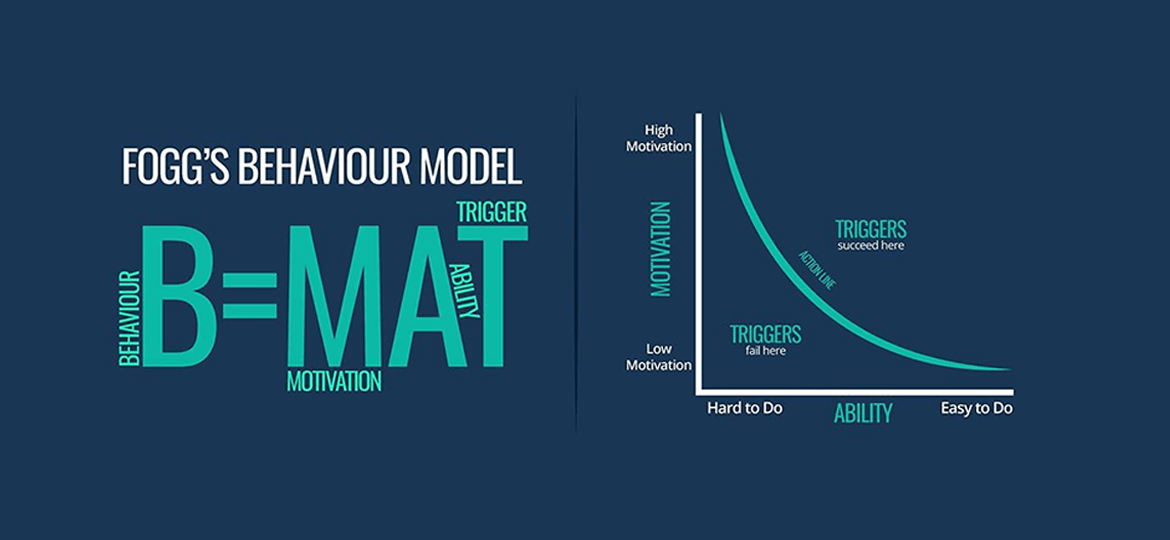
All You Need To Know About Behaviour or Collection Model
Behavioral modeling is the process of analyzing, estimating and identifying the underlying related patterns in existing data records to forecast the future behavior. This model is of utmost use mainly for financial institutions in order to predict and estimate the potential risks that could occur while lending loans or monetary funds to an individual or to a business.
There is a separate area of economics dedicated mainly for studying the behavior of agents and their prospective actions called ‘behavioral economics’ which mainly takes the fact-based and actual behavior into consideration.
Application Scorecards
Application scorecards is a very simple, straightforward approach merely by which the lender arrives at a binary solution as to whether it is appropriate to lend loan to a customer or not – a definite ‘YES’ or ‘NO’. But however, there is no framed solution to monitor or predict the customer’s loyalty with the moneylender once the loan is given out. So in order to reduce the vulnerability of the money lender to risks of not being repaid and for fairly estimating the lending parameters, behavioral models came into existence to ease the entire process.
Customer Behavior Prediction
Basically, the behavioral model is a prediction system wired together to collect data on future occurrences mostly revolving around delinquency. But also, it has other applications whereby behavioral models are used to observe the usage patterns of the customers. For instance, a company that gives out debit cards attempts to examine the ‘places where the card is used’, at ‘which times’ by which ‘type of people’ predominantly. These models can also be extensively exploited for encompassing a very large spectrum of benefits. It can be used to observe customer characteristics from a very higher end perspective by giving attention to details.
The customer spending his money at higher end expensive shopping malls or basic grocery stores, whether he pays back his credit card interest promptly before due date or past date paying fines, the amount of money being spent at the first half of the month and the latter half can all give an extensive idea of the money flow pattern that is happening. The behavioral model attempts in containing all of the above and give a single concise clear picture for the user at the higher end.
From an observatory perspective in the static behavioral model, the magnitude of the variables used to evaluate the loan borrower’s behavior over the period he repays the principal amount with interest is calculated till the ‘observation point’. The final result is recorded well past the ‘observation point’ at a farther juncture called the ‘outcome point’.
Dynamic Model
On the contrary to the static model, the dynamic model was introduced in order to accommodate the dynamic characteristics of the data involved. These models can, in turn, keep track of the credit changes that occur over time. There are various functions used in behavioral modeling to estimate the risk, hazard and the probability of an event occurring which gives the loan lender a clear upper hand in estimating the behavior patterns of the borrower.
